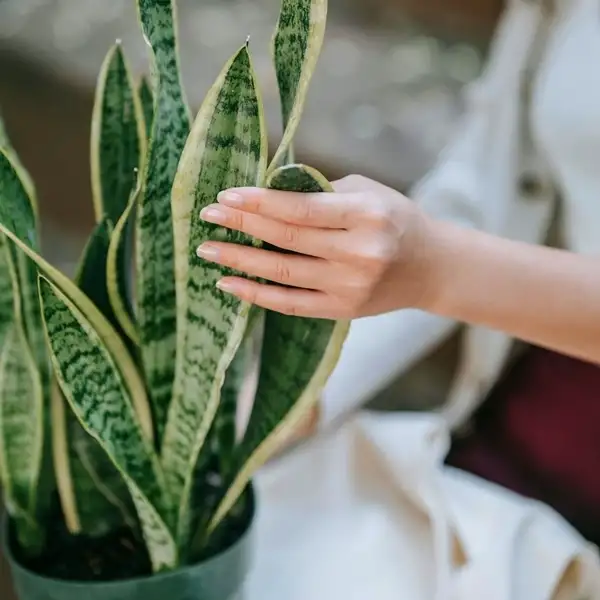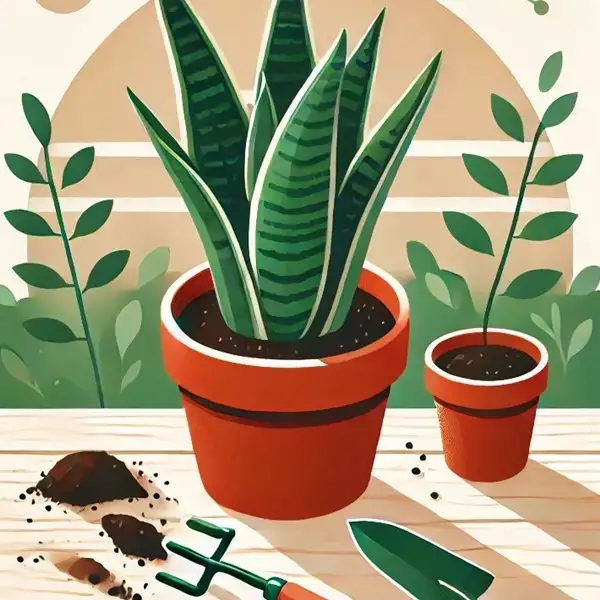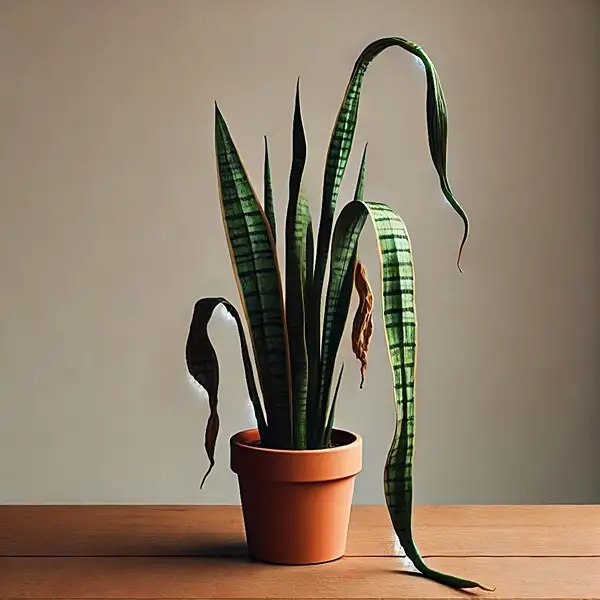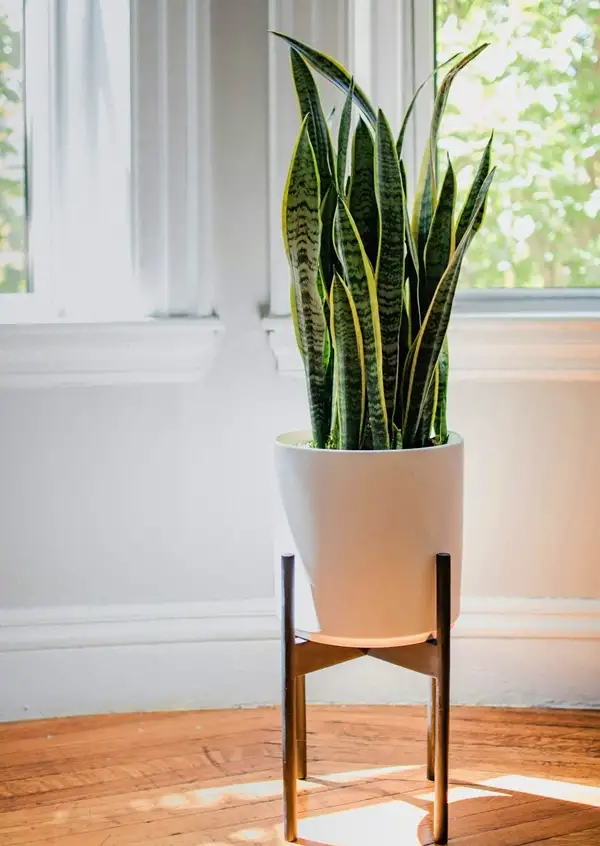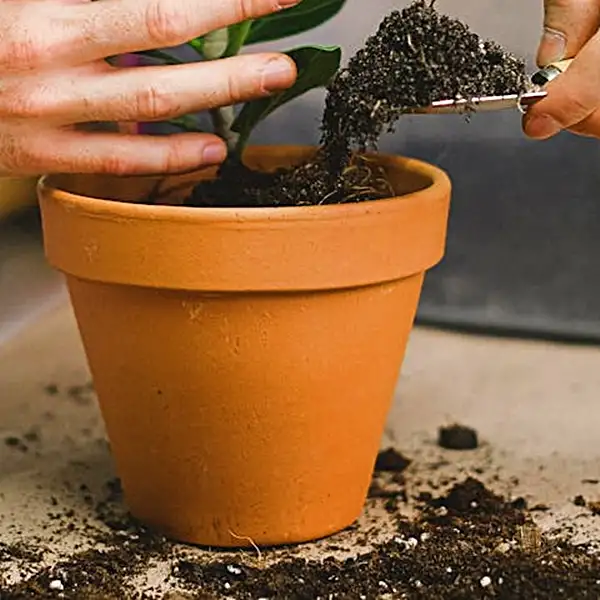Key Takeaways
| Key Takeaways | Why It Matters |
|---|---|
| Why Snake Plants? | Unveiling a fascinating truth that could change how you see indoor gardening. |
| Resilient Yet Rewarding | The perfect companion for both beginners & plant lovers. |
| Air-Purifying Benefits | A hidden advantage that could improve your living space. |
| Essential Care Tips | How to care for Snake Plants? Avoid the most common mistakes & ensure long-lasting growth. |
| Common Issues & Fixes | Recognize warning signs and take quick action. |
| Propagation & Growth Hacks | A simple trick to multiply your plant effortlessly. |
| Ideal Placement | Positioning secrets that bring out the best in your snake plant. |
| Surprising Facts | Little-known yet fascinating details every plant lover should discover. |
Snake Plants – Why Choose Them for Your Home?
When I began tending to houseplants, I could not foresee that one would alter my perspective on indoor gardening. A couple of years back, a horticulture specialist provided me with some priceless advice on how to care for snake plants. This radically reshaped my understanding of these hardy plants. With just a bit of knowledge, I transformed my previously struggling plant into a flourishing centerpiece.
Known scientifically as Sansevieria or Dracaena trifasciata, the snake plant is a popular houseplant commonly lauded for its hardiness. This sturdy succulent thrives on minimal care yet offers numerous benefits that make it an excellent choice for both green-thumbed gardeners & horticulture novices. It is known to purify air by removing harmful toxins while also adding aesthetic value with its tall, strikingly-shaped leaves – earning it the nickname of ‘mother-in-law’s tongue.’
- One can’t argue with NASA Clean Air Study’s findings that snake plants are among the top indoor plants that improve air quality.
- They filter out formaldehyde and benzene compounds — making them an ideal addition to any home or office space.
- And if you need more reasons to add this low-maintenance plant into your interiorscape mix, know that they’ve been proven beneficial in increasing humidity levels which helps prevent dry skin issues, especially during winter months.

6 Basic Needs of Your Snake Plant

Despite being renowned for their resilience, snake plants have certain fundamental needs which must be met if they’re expected to grow well. A few essential requirements include-
- Bright indirect sunlight or artificial light
- Proper watering procedure
- Well-draining pots
- Loose sandy soil with high porosity
- Usually, a Cacti/succulent mix for soil does the trick in providing these necessities.
- Temperature
The ambient temperature has a significant say in determining your snake plant’s health too — ideally, between 70 to 90 degrees Fahrenheit during summer months would save them from cold damage since their tropical origins predispose them not to handle temperatures below 50 degrees very well.
Essential Tips for Watering and Sunlight Exposure
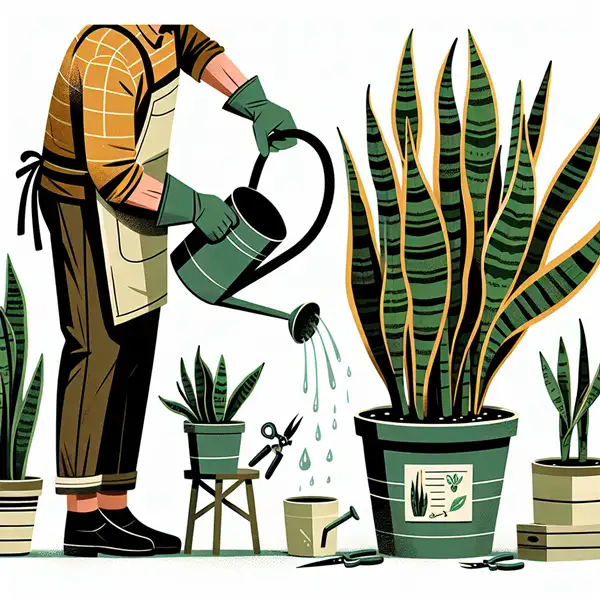
Watering
- Watering plays a decisive role when caring for any form of indoor greenery – more so when attending to succulents such as snake plants whose roots are prone to rotting under excessive moisture.
- Stick to watering them sparingly, letting the soil dry out entirely before the next watering.
- Overwatering is a primary killer of snake plants; they can survive droughts but not waterlogged roots.
Light Exposure
- As for light exposure, the misconception that snake plants flourish in shade must be debunked ― while they may tolerate low light conditions and prove less demanding than other foliage having high sunlight demands by neither wilting nor losing color drastically when deprived of light, it curtails their growth.
- An east or west-facing window where your plant basks in bright yet indirect sunlight is ideal — make sure no direct beams hit its leaves since such intense radiations could cause sunburns akin to humans, especially during summer peaks.
If you are serious about understanding how to care for snake plants, remember that proper watering and light exposure are non-negotiable.
5 Common Problems in Snake Plant Care
Common problems encountered while caring for snake plants often relate to –
| Problem | Causes | Solutions |
|---|---|---|
| Overwatering |
|
|
| Underwatering |
|
|
| Leaf Curling or Drooping |
|
|
| Brown Spots on Leaves |
|
|
| Pest Infestations |
|
|
Fertilizing and Repotting – Growth of Snake Plants
| Aspect | Guidelines |
|---|---|
| Fertilizing |
|
| Repotting |
|
Propagating and Pruning – How to Multiply Snake Plants
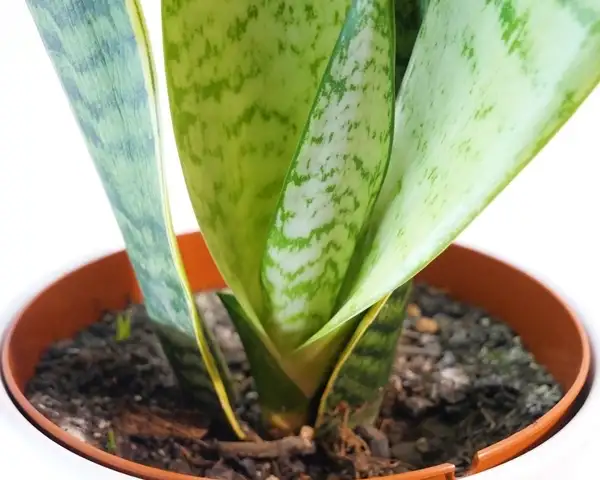
Snake plants are known for their easy propagation via leaf cuttings or division method allowing you to multiply these sturdy greens effortlessly & fill your interiors with lovely exotics without spending much.
How to Propagate Snake Plants
Choose a Method
Select either leaf cuttings or division based on your plant’s size and condition.
Prepare Tools
Use clean, sharp scissors or a knife to avoid infection.
For Leaf Cuttings
- Cut a healthy leaf into 3-4 inch sections.
- Let the cuttings dry for 1-2 days to prevent rot.
- Plant them upright in moist, well-draining soil, or place them in water until roots form.
For Division
- Remove the plant from its pot and gently separate the root system into sections with 2-3 leaves each.
- Replant the divisions in fresh soil.
Provide Care
- Keep the soil lightly moist (not soggy) and place in indirect light to encourage growth.
- Within a few weeks, new roots and growth should appear!
Pruning Snake Plants
Pruning is another sphere where amateur gardeners often feel perplexed, but remember it serves two purposes primarily ― maintaining aesthetics plus the health of a plant.
Use clean shears to remove yellow/brown leaves close to the base ‒ this way not only plant’s overall appeal be magnified but energy dedicated previously towards wilting regions will now be channeled into boosting healthy parts yielding multiplied benefits in a single pruning session.
Snake Plant Care is Simple
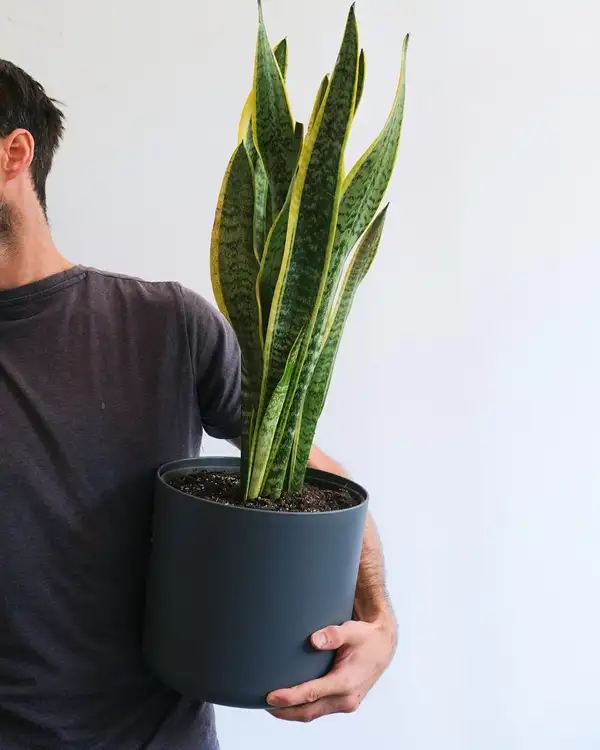
To spread some positivity and greenery among gardeners today, I will quote Gertrude Jekyll, an influential British horticulturist, garden designer, and writer. She said,
“The love of gardening is a seed once sown that never dies.”
These hardy Heroes of Horticulture (snake plants) surely merit the minimal effort they demand given how effortlessly they reward owners ‘back home’! Keep these tips handy and enjoy the beautiful simplistic elegance this resilient comrade brings along. Grow on!
Frequently Asked Questions
Do snake plants have flowers?
Yes, but blooming is rare indoors. They produce small, fragrant white flowers under ideal conditions.
How to take care of snake plant in water?
Place cuttings in water, change it every few days & keep in indirect light. Ensure roots stay submerged while leaves remain dry.
Why is my snake plant falling over?
A small pot, weak roots, overwatering or heavy soil can cause instability. Ensure proper drainage & repot if needed.


